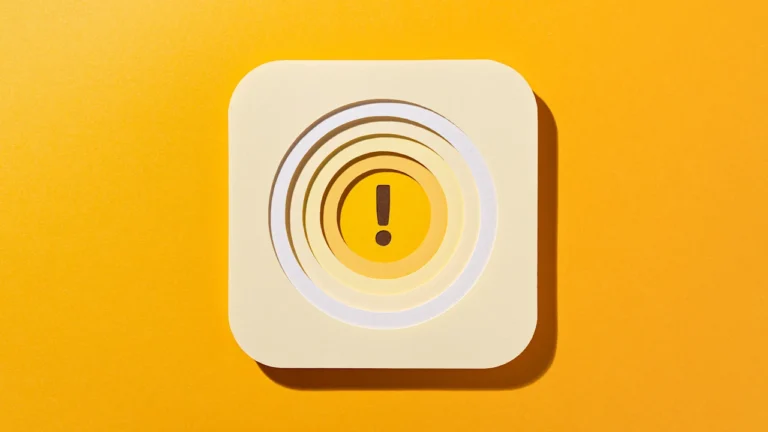
Aaliyah Arnold, the 21-year-old founder of BossUp Cosmetics, goes live on TikTok a few times a week. Each livestream will last anywhere from 4 to 12 hours. Thousands tune in to watch her pack mystery boxes for customers, give away products, and teach makeup tutorials.
“I mix in music, jokes, giveaways, and real product demos so people feel like they’re hanging out with me while shopping,” Arnold tells Fast Company. Livestreaming now makes up 60% of her company’s total sales. Her biggest livestream to date hit $170,000 in sales, with more than 1 million viewers tuning in.
Arnold is one of many solopreneurs on platforms like TikTok leaning into “live selling” to get ahead in the ecommerce industry. Dubbed Gen Z’s answer to QVC, live selling has been big in China for almost a decade, but somewhat flown under the radar in the U.S. That is, until recently.
The number of online shoppers who purchased during a livestream, across different platforms, jumped 29% to 41 million in 2024, according to eMarketer. From household name brands like Crocs to small businesses like BossUp Cosmetics, more brands are getting in on the action.
For smaller businesses and solopreneurs, live selling levels the playing field and allows them to compete against bigger brands in today’s attention economy.
Take a scroll on platforms like TikTok and livestream shopping app Whatnot and you can shop for just about anything, from makeup tools to sweets to collectibles. Energetic hosts pitch their wares, hooking consumers with limited-time deals and chaotic entertainment that triggers sales.
“I started livestreaming in 2022 because I wanted a real way to connect with my audience,” Arnold says. “I wanted people to see the girl behind the brand, the story, and the products in action.”
She adds, “It started as a fun way to build community, and it quickly became one of the most important parts of my business.”
Whatnot is another platform popular with solopreneurs. The platform hosts more than 175,000 hours of livestreams every week, according to its 2024 State of Livestream Selling Report, which calls that figure “800x more than QVC’s weekly broadcast hours.” Here, independent sellers conduct live auctions or flash sales as shoppers bid on items and interact in the chat.
One in five solopreneurs say live shopping has at least doubled their annual revenue, according to statistics shared with Fast Company.
Vinyl records seller Amy Eskeberg, 35, who sells under the handle eskeeknowsvinyl, has been livestreaming on Whatnot at least twice a week since 2023. In a typical livestream, which lasts an hour and a half, Eskeberg will make around 75 sales. “Which might not sound like a lot,” Eskeberg tells Fast Company. “But is a lot when considering how many records a physical store might sell in that time span.”
What was supposed to be a side hustle quickly turned into her full-time gig.
“Although it was foreign at first to be on camera, I recognized the major benefits livestream selling offered versus other methods,” Eskeberg says. “Mainly, the ability to sell at a much faster pace, versus waiting around for sales with the quick auction feature.” She also likes “the ‘social’ aspect of livestreaming that creates community with viewers.”
For solopreneurs, that is the unique selling proposition. By going live, founders can communicate directly with their customers, responding to their questions in real time, all without having to invest thousands in a brick-and-mortar store or pop-up. Instead of relying on organic foot traffic for exposure, TikTok has a built-in audience of 170 million American users ready to stumble across your small business. Whatnot’s monthly active users also increased 180% year over year in 2024.
Consumer trend forecaster WGSN has found that conversion rates for live shopping are 10 times higher than those for traditional e-commerce. Eskeberg says she generated around $500,000 from livestreaming on Whatnot in 2024, accounting for almost all her record business’s overall sales. She currently does not sell anywhere else.
Just as many solopreneurs lean heavily on personal branding and a strong social media presence to attract new customers, the same principle applies when going live. “Ninety-nine percent of the time, I livestream from the same spot on my vintage floral 1970s couch that could have belonged to your grandma that has become a centerpiece of my ‘image,’” Eskeberg says.
“I also try to include several giveaways every show to keep casual viewers,” she adds, noting that she hopes “they like the vibe and decide to bid on a record or come back to a future show where a record they want might be listed.”
Social shopping is set to change the way we buy things forever. Nearly half (47%) of U.S. consumers have made a purchase through social media, while 6 in 10 (58%) are interested in doing so, according to data from market research firm Mintel. A further 46% have made a purchase through a livestream event and would do so again.
Going live, a solopreneur has the chance to meet those shoppers and sell to them . . . from the palm of their hand.
